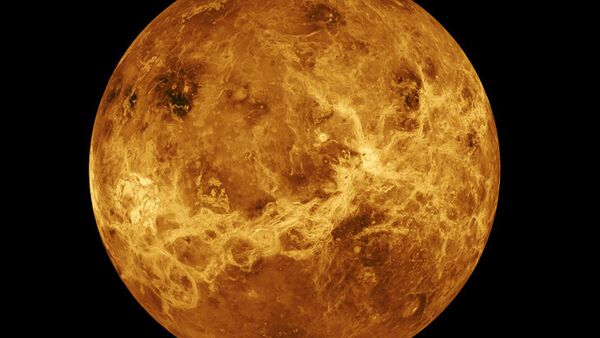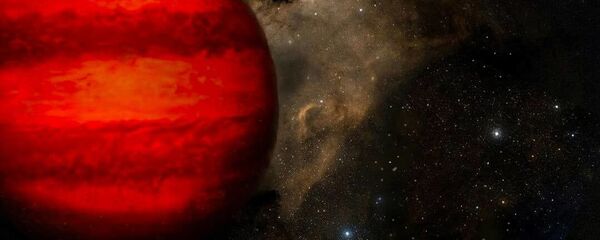NASA has spoken about the details of its VERITAS mission to Venus that the space agency said would reveal the mysteries of Earth's twin. The VERITAS project, which NASA plans to launch in 2026 together with its partners – the French Space agency, the Germany Space Agency, and the Italian Space Agency – will orbit the planet and create 3D maps with the help of a high-tech radar system.
It will also measure Venus's gravitational field in order to determine the planet’s interior and using a near-infrared spectrometer VERITAS will figure out what the planet’s surface is made of. In addition, the mission will study deformation structures and geological processes.
"Determining whether Venus is actively undergoing volcanic activity and understanding what process is driving it is one of the really exciting questions I'd love to see answered", said Jennifer Whitten, a VERITAS science team member at Tulane University in New Orleans.
Many scientists believe that Venus once had water on its surface, NASA hopes that VERITAS will answer this question and unravel mysteries that may explain why Earth’s sister planet evolved so differently.
It has a thick atmosphere, which traps heat on the planet, making it the hottest in the Solar System. Surface temperatures reach 900 degrees Fahrenheit (500 degrees Celsius), which is enough to melt lead. Venus also has intense atmospheric pressure that will flatten any human being like a pancake. Despite these hazardous conditions more than 40 spacecraft have examined the planet and the Soviet Union even landed its Venera 13 probe on the surface. It managed to work for more than two hours.




